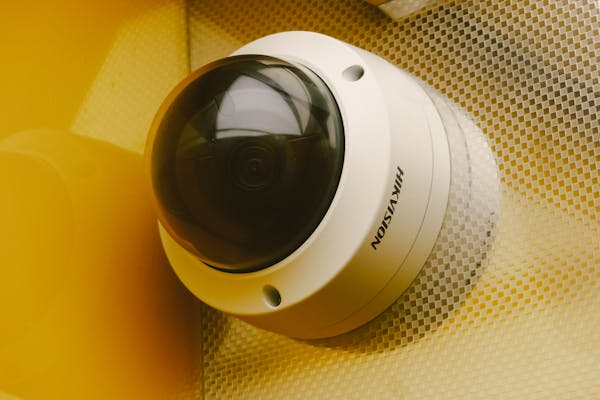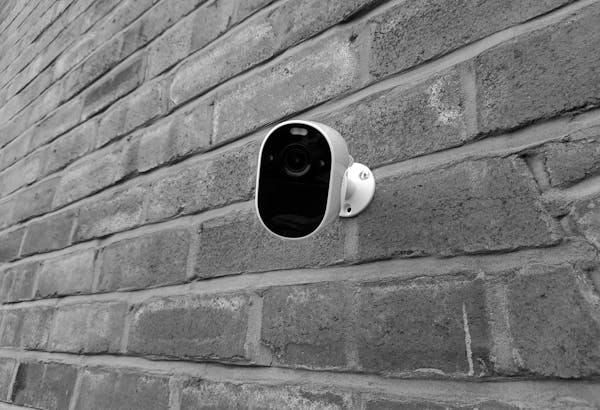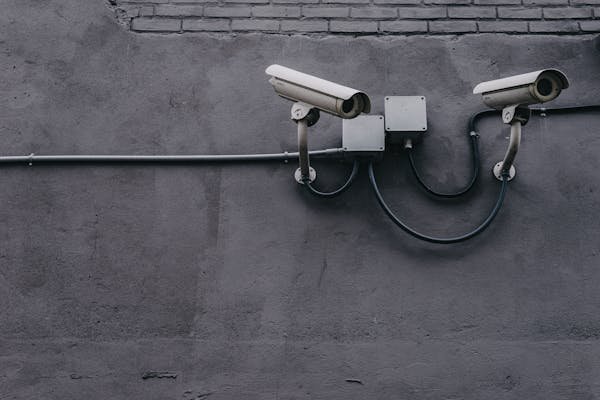Introduction
Making sure our homes and loved ones are safe is of utmost importance in the modern world.With the advancements in technology, one solution gaining popularity is the solar security camera. These innovative devices offer round-the-clock surveillance without relying on traditional power sources, making them eco-friendly and cost-effective. Let’s delve into the world of solar security cameras and uncover their benefits, features, and installation process.
Understanding Solar Security Cameras
These cameras provide thorough monitoring day and night thanks to their wireless connectivity, motion sensors, and night vision capabilities.
How Do Solar Security Cameras Work?
Solar security cameras harness sunlight through photovoltaic panels, converting solar energy into electricity. Motion sensors trigger the camera to record footage, which can be accessed remotely via smartphone or computer.

Benefits of Solar Security Cameras
- Environmentally Friendly: By utilizing solar energy, these cameras reduce carbon emissions and reliance on fossil fuels.
- Cost-Effective: With no need for wiring or electricity bills, solar security cameras offer long-term savings.
- Easy Installation: They can be installed in various locations without the hassle of wiring, making them suitable for remote areas.
- Continuous Surveillance: Solar cameras provide 24/7 monitoring, enhancing home security and peace of mind.
Night Vision
Quality night vision enables clear footage even in low-light conditions, ensuring reliable surveillance round the clock.
Motion Detection
Advanced motion detection technology alerts homeowners to potential threats, minimizing false alarms caused by wildlife or moving objects.
Wireless Connectivity
Wireless connectivity allows for remote access to live footage via smartphone apps, enabling real-time monitoring from anywhere with an internet connection.
Weather Resistance
Durable construction and weatherproofing ensure reliable operation in diverse climates, protecting the camera from rain, snow, or extreme temperatures.
Installation Process
Installing a solar security camera system is straightforward, requiring minimal tools and expertise.
Placement
Choose strategic locations with ample sunlight exposure for optimal solar panel performance. Position the camera to cover vulnerable entry points and high-traffic areas.
Mounting
Securely mount the camera using provided brackets or mounting hardware. Ensure proper alignment and angle for maximum coverage and effectiveness.
Connection
As directed by the manufacturer, attach the camera to the battery pack and solar panel.
Cost Considerations
It’s essential to weigh the upfront investment against the benefits and durability of the system.
Solar Security Camera Types and Tips:
Introduction:
“Solar security cameras are becoming more and more popular due to their low cost, sustainability, and simplicity of installation. Additionally, whether you’re a company owner protecting important assets or a homeowner trying to keep your family safe, solar security cameras provide improved security features and peace of mind.” Let’s explore the diverse range of solar security camera types and essential tips to maximize their effectiveness.
Understanding Solar Security Camera Types:
Wireless Solar Security Cameras:
Wireless solar security cameras offer flexibility and convenience, eliminating the need for cumbersome wiring. These cameras are equipped with rechargeable batteries, powered by solar panels, making them ideal for remote locations or areas with limited access to electricity.
Outdoor Solar Floodlight Cameras:
These cameras act as a deterrent to intruders, enhancing visibility and security around your property.
Pan-Tilt-Zoom (PTZ) Solar Cameras:
PTZ solar cameras provide comprehensive coverage with their ability to rotate horizontally and vertically, offering a 360-degree view of the surroundings. With zoom capabilities, users can focus on specific areas for detailed monitoring, making them suitable for large outdoor spaces or commercial properties.
Dummy Solar Security Cameras:
These cameras are ideal for complementing existing security measures and enhancing the perception of surveillance.
Solar-Powered Hidden Cameras:
Designed for discreet surveillance, solar-powered hidden cameras blend seamlessly into their surroundings, making them ideal for covert monitoring. These cameras are commonly used for monitoring indoor spaces or areas requiring covert surveillance without drawing attention.
Essential Tips for Solar Security Camera Installation:

Optimal Placement:
Position your solar security cameras strategically to maximize coverage and minimize blind spots. Ensure cameras are installed at appropriate heights and angles for optimal monitoring.
Regular Maintenance:
Perform routine maintenance checks on your solar security cameras, including cleaning solar panels and lenses, to ensure optimal performance and longevity.
Secure Mounting:
Invest in sturdy mounts and fixtures to secure your solar security cameras, preventing tampering or theft attempts by intruders.

